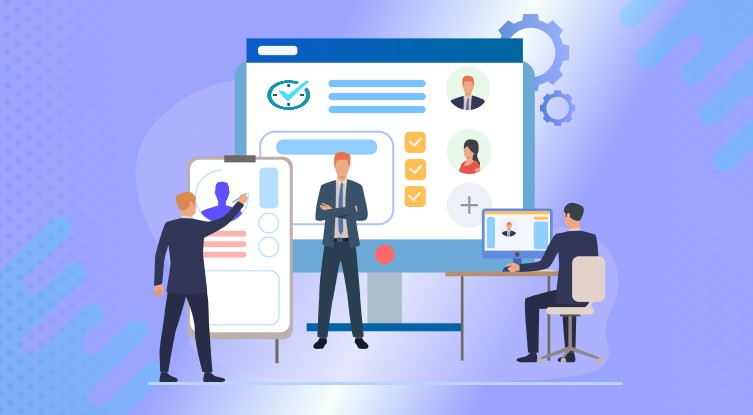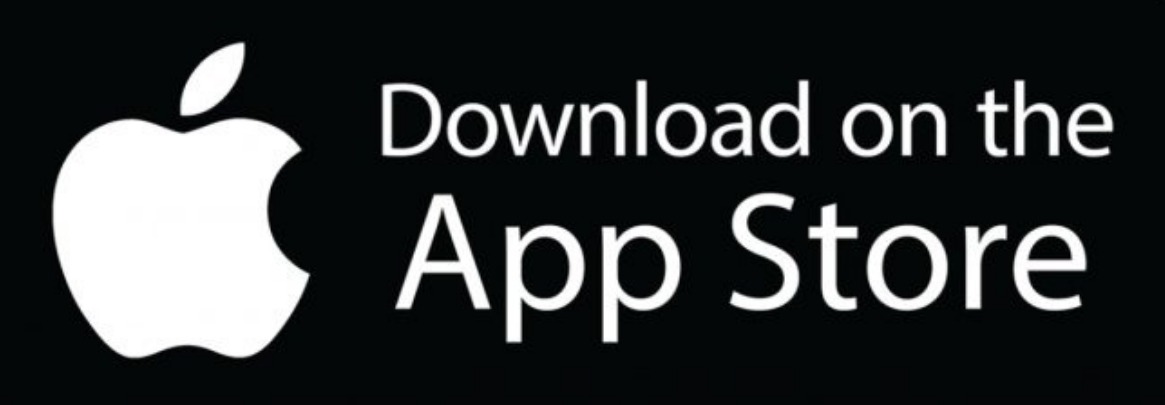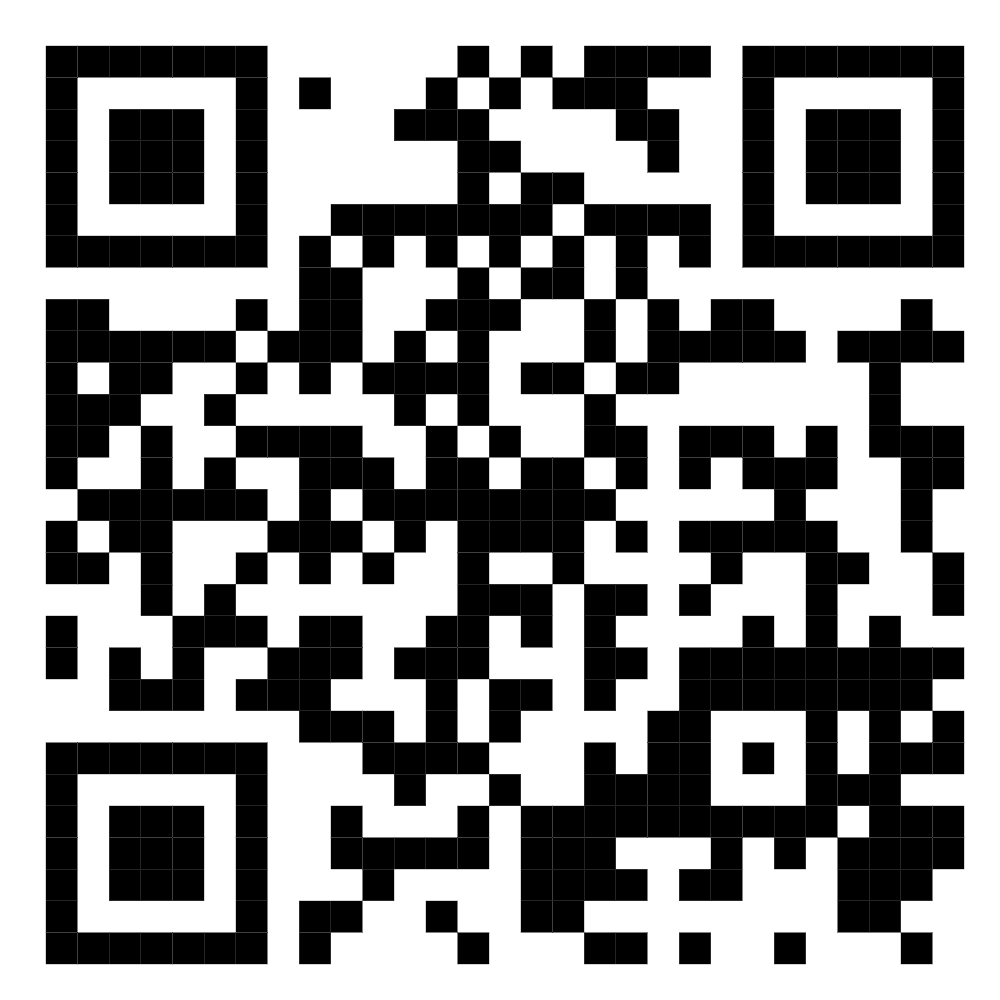How to Optimize Payroll Processes Using HRMS?

Managing payroll manually can be a complex and time-consuming task. From tracking employee hours to ensuring tax compliance, even small errors can lead to delays, dissatisfied employees, or legal issues. That’s where a Human Resource Management System (HRMS) becomes a game-changer.
An HRMS not only streamlines your payroll process but also integrates it with attendance, leave management, and compliance—saving time, reducing errors, and increasing overall efficiency. Let’s explore how you can optimize payroll processes using HRMS.
1. Automate Payroll Calculations
An HRMS automates payroll by pulling real-time data from employee timesheets, attendance, and leave records. This eliminates the need for manual calculations and reduces the chances of errors. You can set rules for:
- Salary structures
- Overtime payments
- Bonuses and deductions
- Statutory contributions (PF, ESI, TDS)
With everything automated, payroll becomes faster and more accurate.
2. Seamless Integration with Attendance and Timesheets
An integrated HRMS connects your Employee Timesheet Software and Attendance System directly to payroll. This ensures that only verified work hours are calculated, and leaves or absences are accounted for without manual input. It provides a clear audit trail for HR and finance teams.
3. Ensure Compliance and Tax Accuracy
HRMS platforms are often updated with the latest tax laws and labor regulations. This helps your business stay compliant with:
- • Income tax deductions
- • Minimum wage regulations
- • Provident Fund (PF), ESI, and gratuity
- • Payslip and payroll reporting requirements
With built-in compliance tools, you minimize legal risks and avoid penalties.
4. Generate Payslips and Reports Instantly
With HRMS, you can generate and distribute payslips in just a few clicks. The system can also generate:
- • Payroll summaries
- • Tax filing reports
- • Salary registers
- • Custom analytics
These reports help in auditing, financial planning, and decision-making.
5. Improve Transparency and Employee Satisfaction
An HRMS often includes an employee self-service portal, where team members can:
- • View their salary slips
- • Check leave balances
- • Submit reimbursement claims
- • Track tax deductions
This transparency builds trust and reduces repetitive queries to HR.
6. Scalability for Growing Businesses
As your team grows, manual payroll becomes unsustainable. HRMS offers scalable solutions that can manage payroll for:
- • Multiple departments
- • Different job roles and salary types
- • Multi-location teams or remote employees
This scalability ensures that your payroll system evolves with your business.
Conclusion
Optimizing payroll isn’t just about faster processing — it’s about accuracy, compliance, employee satisfaction, and strategic HR management. A robust HRMS with integrated payroll, attendance, and timesheet solutions brings all these elements together in one seamless platform.
Ready to simplify your payroll process?
Explore our powerful Payroll HRMS Solution designed for modern businesses. Automate payroll, track attendance, and manage compliance—all in one place. Contact us now for a free demo!



